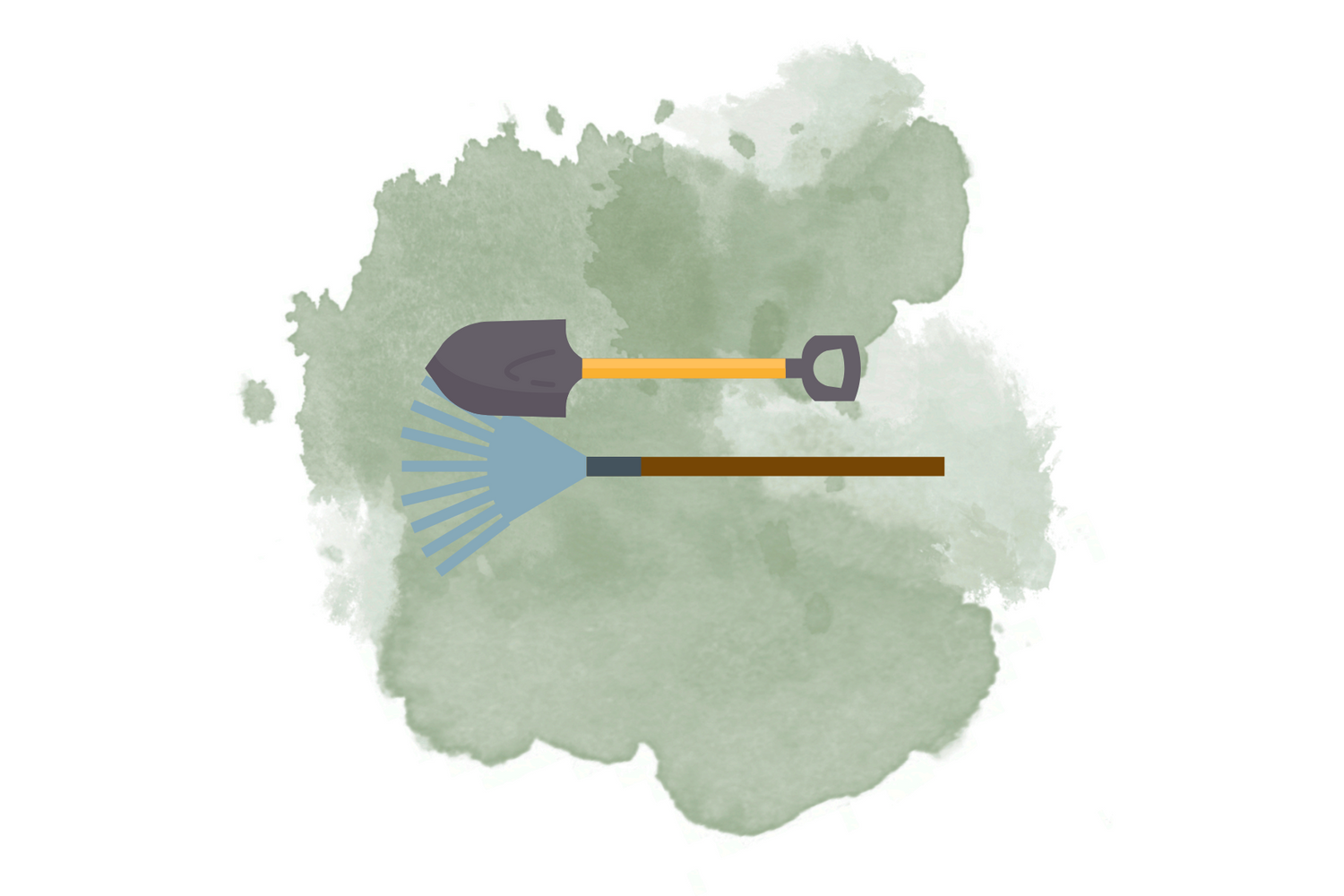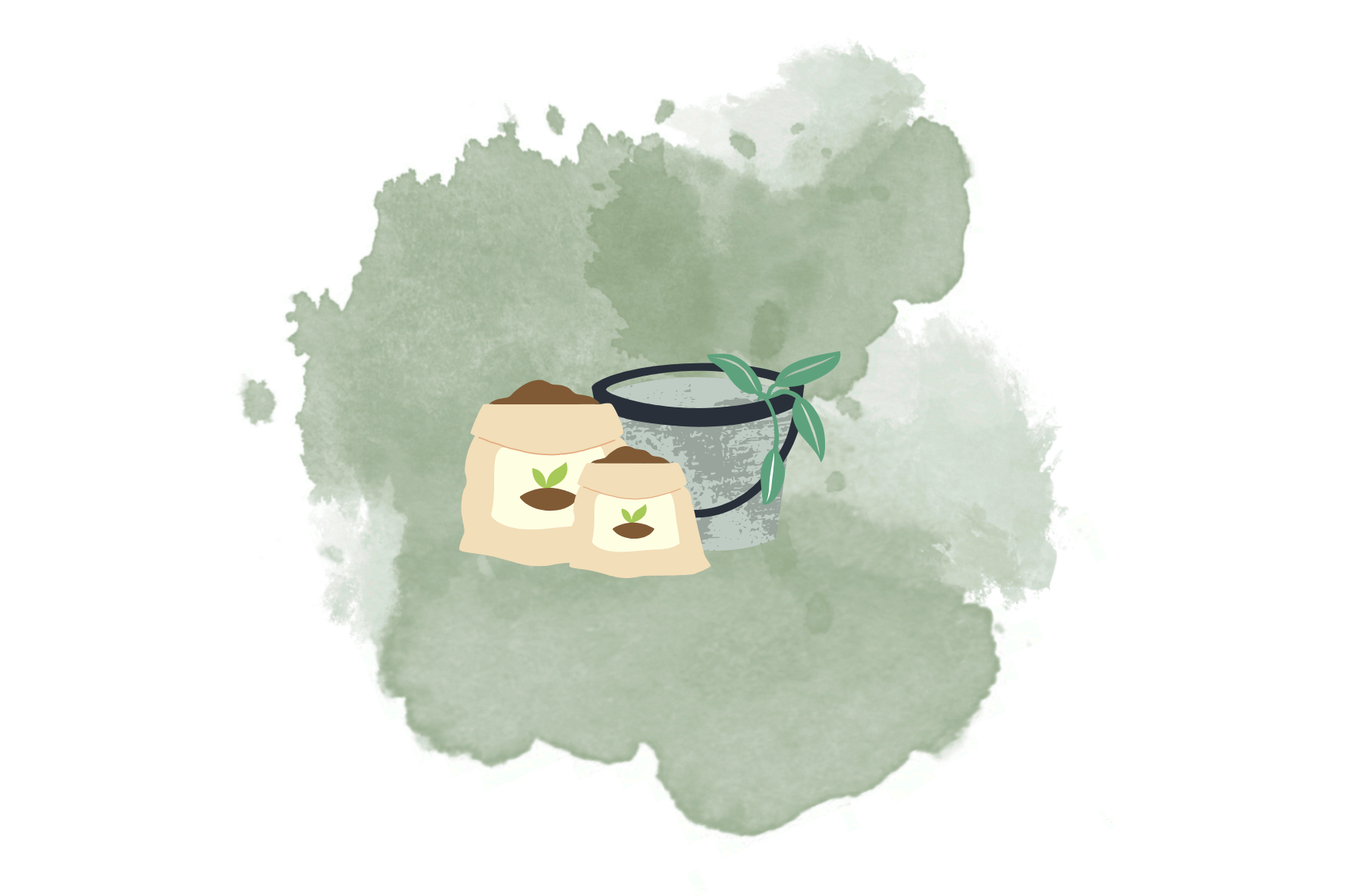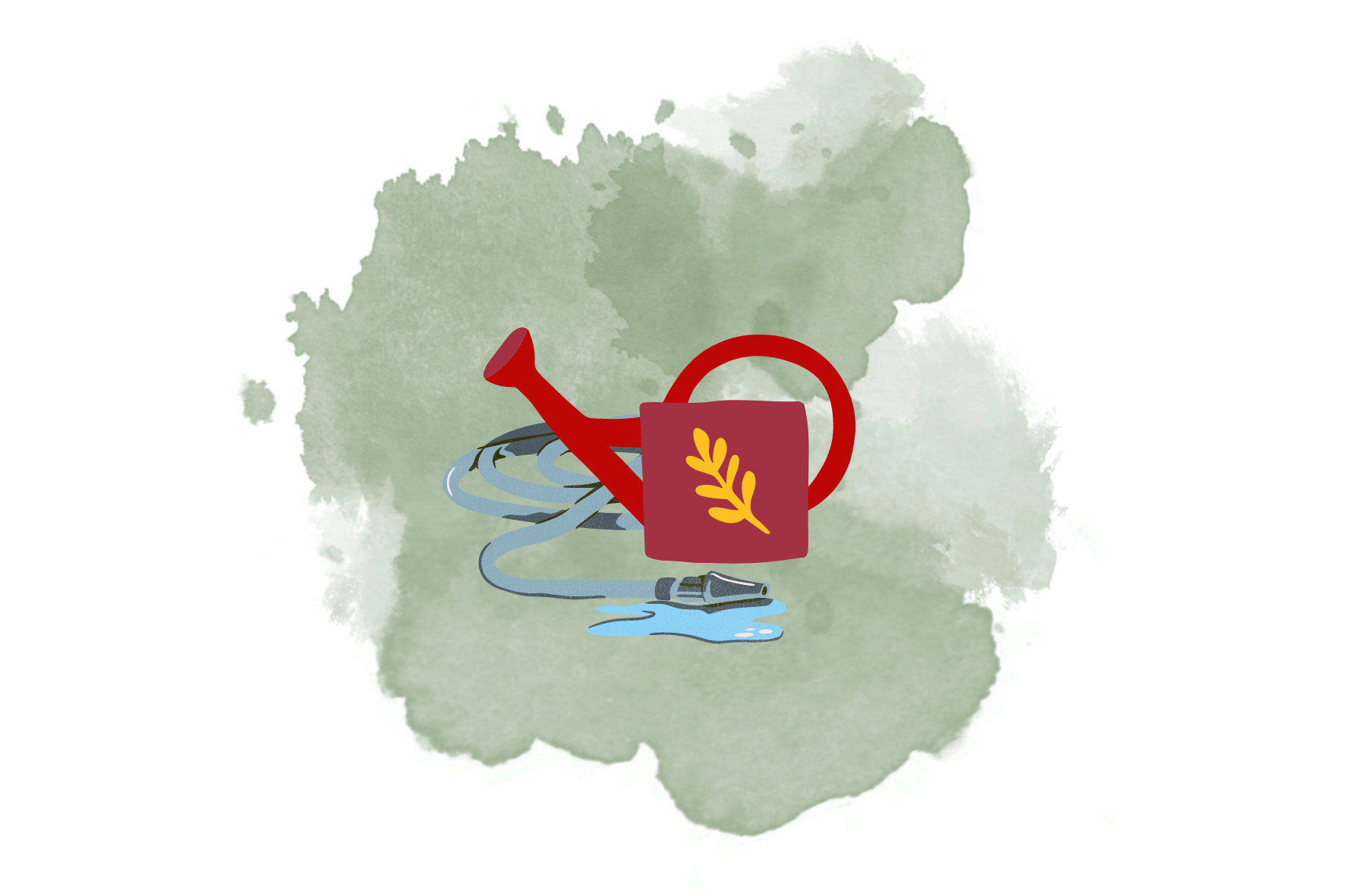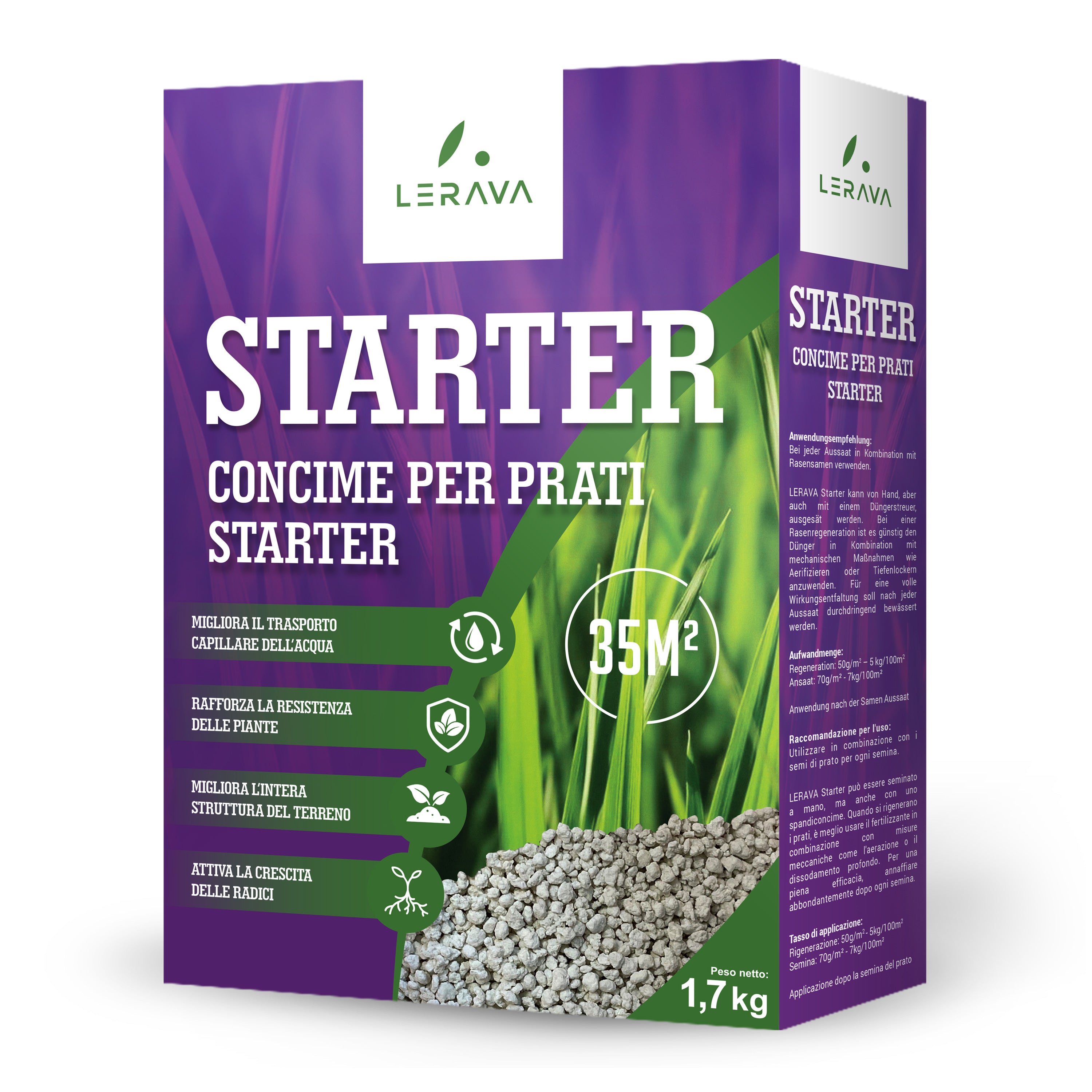Differences between seeding and reseeding
In late February/early March, when the sun returns and the soil temperature rises above 8° c, you can start seeding or reseeding. It is important to note that the timing depends on the geographical location and soil conditions of your garden. With reseeding, unlike reseeding, you start with an already existing lawn.
In a reseeding, there is no lawn area yet. You start by preparing the soil by loosening and leveling it. Then sow the seeds, taking into account the amount per m2 specified by the manufacturer. To facilitate this, you can use a seed spreader or throw out the seeds by hand in a checkerboard pattern. This is also significant for subsequent fertilizing. To prevent seed and fertilizer from being lost to drifts or bird predation, spread some turf soil and rake both into the ground about 1-2 inches deep. To obtain a level, rolling now follows and then watering.

In the case of a lawn reseeding, a lawn is already present and this is mowed as the first work step and then scarified. Now the lawn seeds can already be spread. To ensure that the seed takes off right from the start, it is recommended to support it with a fertilizer. Lerava Starter is a specially developed universal fertilizer which, among other things, strengthens plant resistance and improves root growth.
Mowing
Mowing controls vegetation and promotes growth, both of which lead to compaction of the turf and thus a more beautiful lawn.
When the grass blades have reached about twice the growth height as in the winter months, the first mowing can be done (usually around the end of March). Each lawn should be shortened by a maximum of 1/3 of its current height. We recommend a grass height between 4-6 cm, regardless of the season. If cut too low, the lawn will dry out quickly, plus more frequent mowing will strengthen the lawn.

Important: Always make sure to equip your lawn mower with sharp blades. High quality lawn mower blades, compatible with all popular models of major brands, can be found here.
Scarify
Have lawn thatch and moss spread in your garden over the winter months or do you want to improve the soil structure of your lawn?
Then dethatching makes sense. Dethatching is called scarifying the turf. It promotes aeration of your soil and helps remove unwanted intermediate growth. Ideally, dethatch in a checkerboard pattern. This allows air, water and nutrients to get back to the grass roots. You can find the right scarifier for rental and sale at Agricenter Spitaler.
Rollers
If your garden is located in very windy areas, rolling can help to avoid drifts.
Fertilizing
Weather, soil type, intensity of use and type of fertilizer influence the correct fertilization.
It is important to fertilize regularly, on dry lawns and for the first time ideally after scarifying. Fertilizing prevents depletion of the soil and the resulting inhibited plant growth.

The first fertilization is done after reseeding or seeding in spring and should then be repeated at least 3 - times a year with season specific products.
In our assortment you will find specially developed fertilizers for each season to prevent possible consequential damage due to insufficient nutrient supply.
Watering
Basically, watering is done from March to October. Before the onset of winter, the irrigation system is emptied. The lawn is therefore not watered from October to February.
Regardless of the season, the lawn should be watered early in the morning so that the plants and the lawn dry properly during the day, thus preventing fungal diseases. Watering 2-3 times a week is sufficient in any soil condition and season.
After seeding and reseeding, watering should be increased, about 1-3 times a day, as the fresh lawn does not yet have deep roots to draw water from the soil. After some time, it can be reduced to 2-3 times a week. The right time for watering the lawn is from 2:30 to 9:00 in the morning. The lawn should not be watered during the hottest part of the day.

The amount varies from season to season. In summer, up to 40L/m² should be given. In this way, enough water gets into the soil and is stored there. In spring and autumn 20L/m² is enough.

![#Taglia_1.7kg [sku-A0291] [lang-IT] [lang-EN]](http://lerava.com/cdn/shop/files/Cessione_IT.png?v=1749635507&width=2000)






